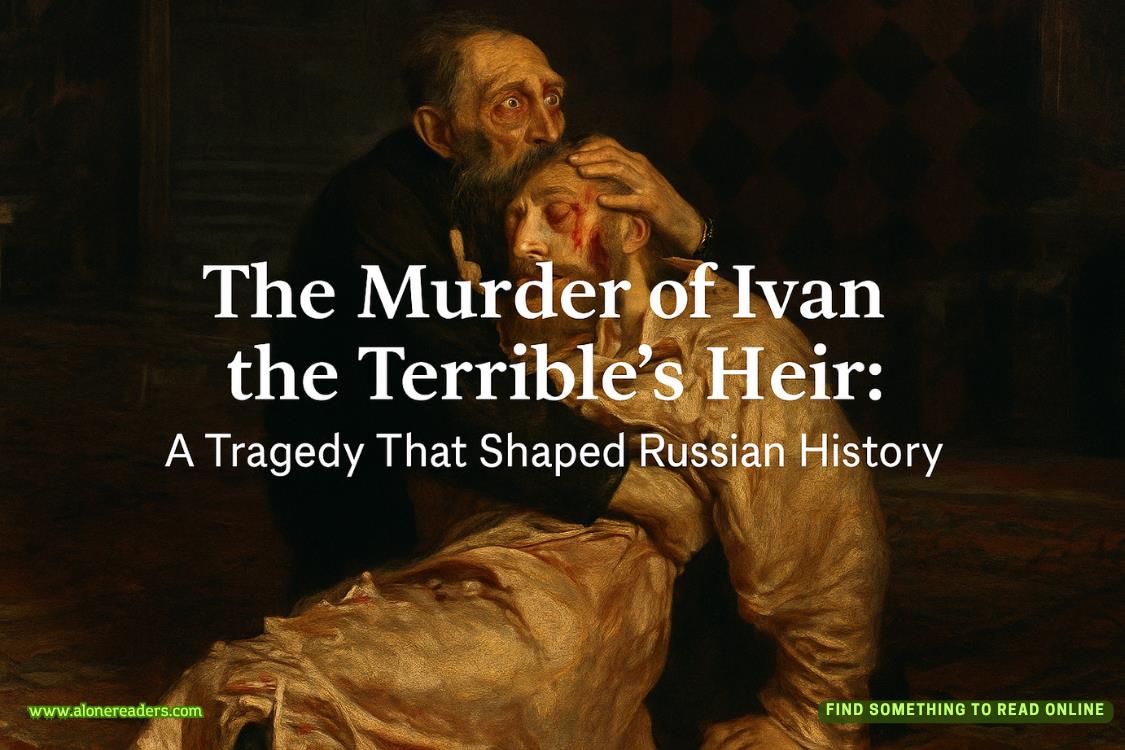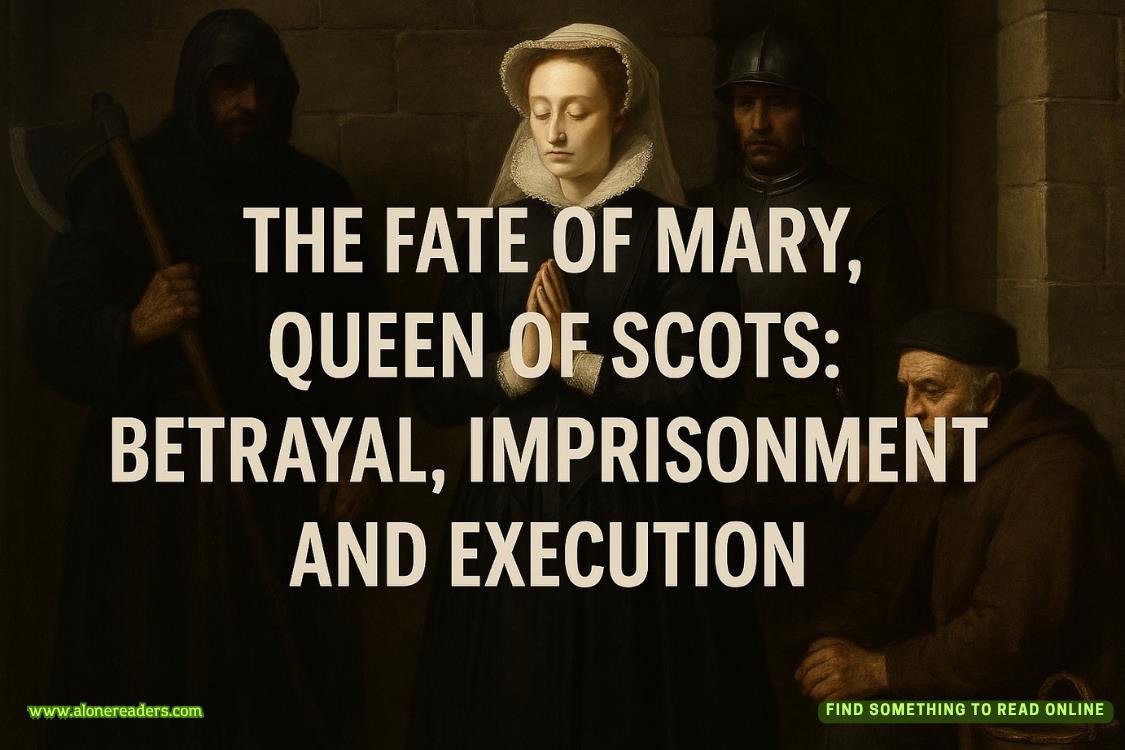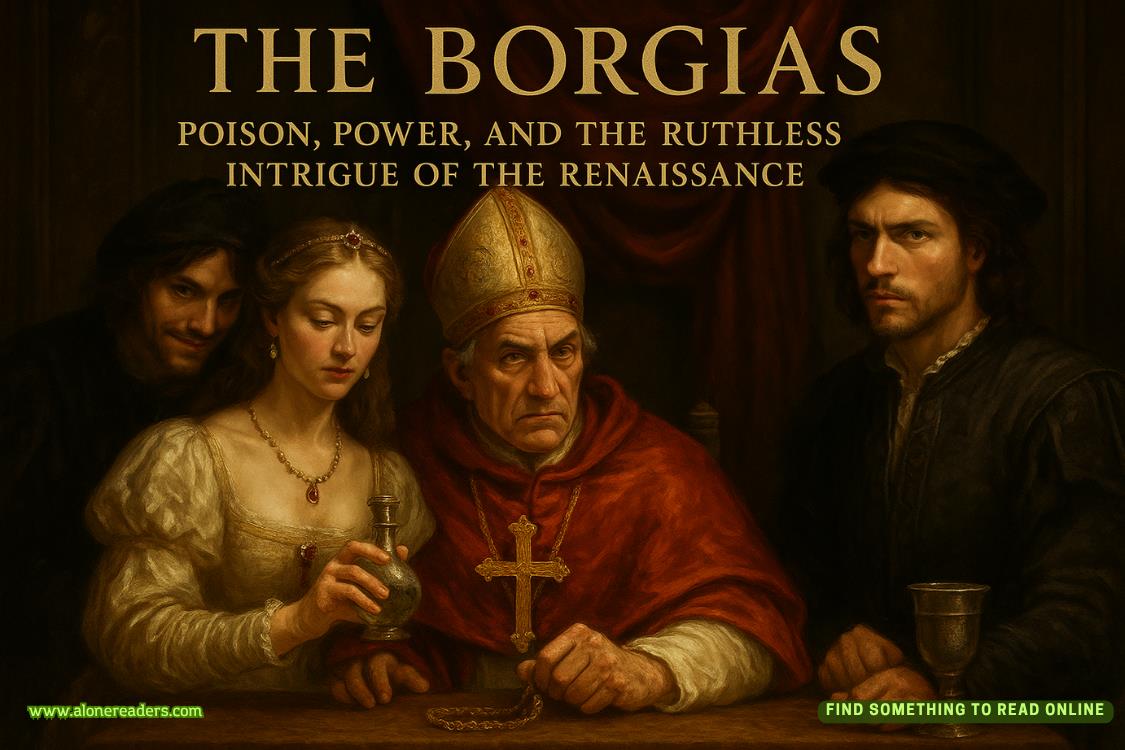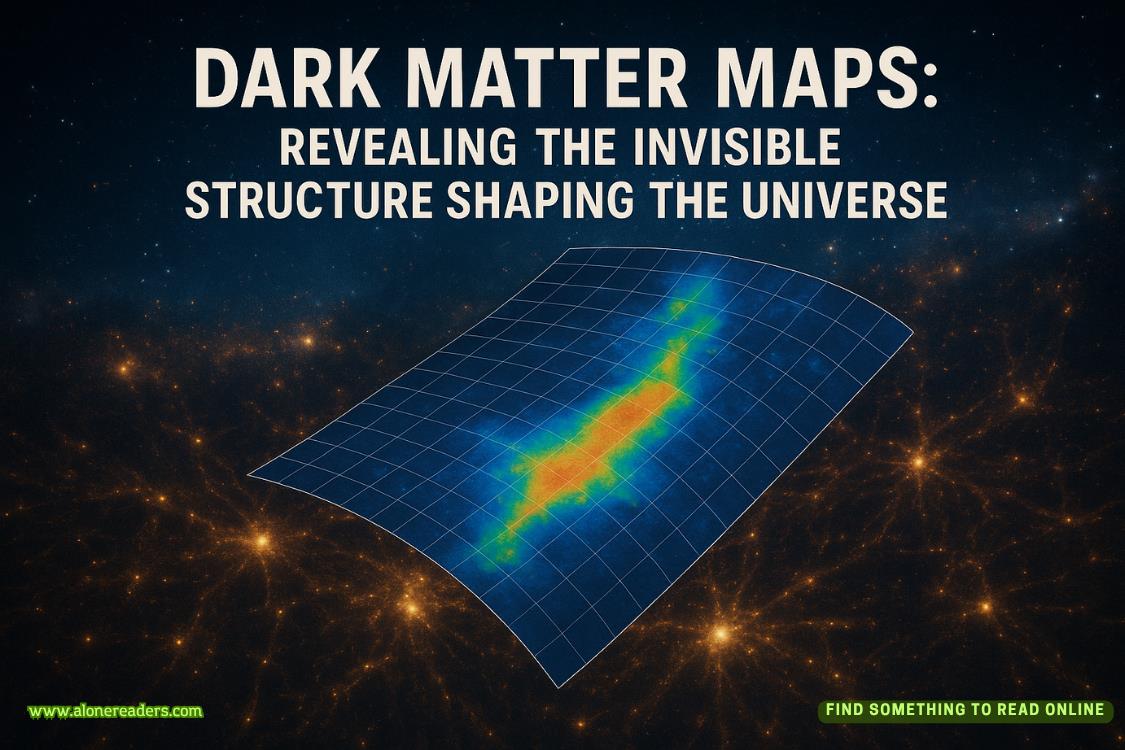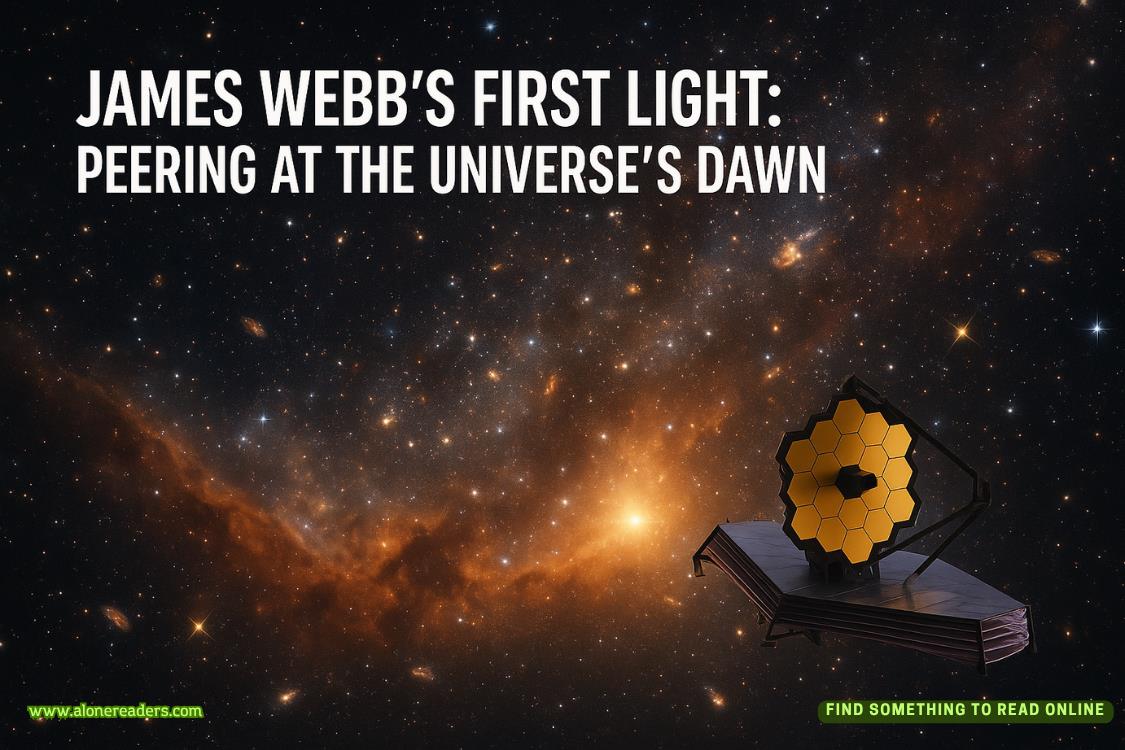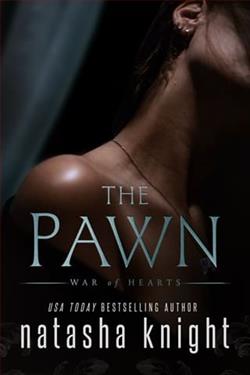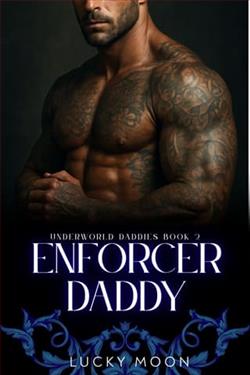Page 93 of The First Gentleman
“Ladies and gentlemen of the jury, I’m Deputy Attorney General Hugh Bastinelli. I am here to prove to you, beyond a reasonable doubt, that Cole Wright murdered Suzanne Bonanno.”
Music to my ears. He pauses to let the charge sink in.
“Before I get into the details of the case, I want to take just a few moments to discuss the extraordinary nature of this situation.” His voice is clear and confident. I can feel warmth and empathy in his delivery. His tone saysWe’re all in this together.
I look at the faces of the jurors. They seem alert, like students who know they’re being graded on class participation.
“First,” says Bastinelli, “we need to acknowledge the proverbial elephant in the room—or the donkey, depending on your political persuasion.” This gets a small chuckle from a few jurors.
“Of course I’m talking about the defendant’s famous name, his past glory as an athlete, his honored position as the FirstGentleman of the United States, and his personal power and influence in the country.”
Bastinelli pivots and points directly at Cole Wright. “But in this room, he’s a defendant, nothing more, nothing less.”
He turns back to the jury. “You’ve all heard the phraseequal justice under the law. And it’s important to remember what it means as this trial begins. It means that every defendant—rich or poor, doctor or factory worker—must be treated the same when they are accused of a crime.”
Bastinelli pauses. When he speaks again, his tone shifts. “But we all live in the real world. And we all know of many, many instances where the scales of justice have been tipped to favor people with money or influence.”
He’s got the jury hooked now. I see a few heads nodding.
Bastinelli rests his hands on the rail of the jury box and leans forward. “But not here, not in New Hampshire. Every four years, this state welcomes men and women with fame and power—people who are seeking the highest office in the land. And we meet them eye to eye, as equals. That’s what I’m asking you to do here, as good citizens of New Hampshire. For the duration of this trial, you must ignore Cole Wright’s fame and power and focus on his words, his actions, and his deeds. Then, and only then, can justice be done.”
Bastinelli looks each juror in the eye, then turns, walks back to the lectern, and opens his binder. “Your Honor, State’s exhibit one.”
With a click of a controller, Bastinelli lights up a large video screen with an image of Suzanne Bonanno in her Patriots cheerleader uniform and full makeup, looking poised and glamorous.
The jurors go wide-eyed, as if they’ve glimpsed a Hollywood starlet.
“This is the victim, Suzanne Bonanno,” says Bastinelli. “By all accounts, Suzanne was warm, personable, and friendly to everyone.She was a professional cheerleader for the New England Patriots but was already thinking beyond her cheerleading career and had a potential job with Fidelity Investments in Boston. Suzanne Bonanno’s future was bright, full of promise.
“But that future was tragically and criminally cut short—at a time when she was the girlfriend of a New England Patriots football player. That football player was Cole Wright.”
Bastinelli leaves the image of Suzanne on the screen as he crosses back to the jury box.
“Ladies and gentlemen, in this trial, the State will prove beyond a reasonable doubt that the defendant, Cole Wright, did in fact threaten Suzanne Bonanno prior to her disappearance, that he had the means and opportunity to harm her, that a personal item belonging to him was found at her burial site, and that he was the last person to see her alive.”
Bastinelli clicks the controller again. The image of Suzanne slowly fades to black. I can almost feel a sad collective sigh in the room.
“This crime occurred seventeen years ago last June. Seventeen years is a long time, ladies and gentlemen. Memories can get fuzzy. Evidence can be lost or overlooked. This case won’t be as simple or as clear-cut as what you see onCSIandLaw and Order. But trust me when I say this—the State has a strong case for Cole Wright’s guilt. We have witness testimony, physical evidence, and visual evidence that will prove Mr. Wright’s responsibility for her death.
“We will produce witnesses who will testify that they heard Cole Wright threaten to strangle Suzanne Bonanno. The State’s medical examiner will testify that Suzanne Bonanno in fact was murdered by manual strangulation.”
At the defense table, Cole Wright has his head bent over a legal pad. I’d give anything to see his face right now, but all I can see ishis lawyer’s. Tess Hardy’s expression is relaxed and neutral. Not giving anything away.
“Now, do we have a confession from Mr. Wright?” says Bastinelli. “We do not. Do we have a photograph of him committing the crime? No. The defense will argue that the evidence against Mr. Wright is circumstantial, as if that somehow means that it’s weak or not credible.
“The truth is, ladies and gentlemen, criminal investigations are not as neat and perfect as they are on TV. And it is also true that most criminal convictions are obtained through circumstantial evidence alone. It is enough. It ismorethan enough.”
Bastinelli walks back to the lectern. He clicks the controller again. The screen lights up with a new picture of Suzanne. This one shows her sitting on a couch in gray sweats and a black T-shirt, head back, laughing. She looks innocent and vulnerable. And so very, very young. Bastinelli is going for emotion, and I think it’s working.
“After a thoughtful and careful review of the evidence we present, you will, I believe, deliver a verdict of guilty against Cole Wright to bring a measure of peace and closure to Suzanne Bonanno’s family and to show that equal justice under the law is still alive and strong here in the Granite State.”
If I were allowed to applaud, I would.
Instead, I let out a long breath, thinking about the one important player who’s not in the room: President Madeline Parson Wright. Ron Reynolds told me she’s upstairs in a secure location, watching on a closed-circuit link.
Like everybody else, I wonder what President Wright is thinking.
CHAPTER
